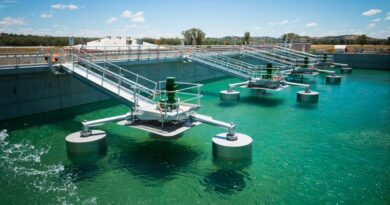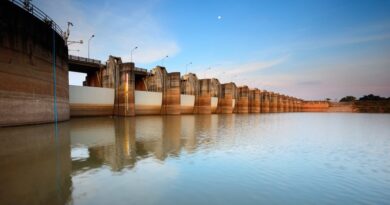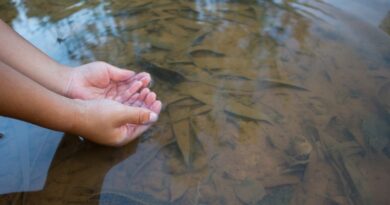World not on track to achieve WASH services in school by 2030

At the mid-point of the Sustainable Development Goal (SDG) period, the world is not on track to achieve universal access to basic drinking water, sanitation and hygiene (WASH) services in schools by 2030, a new progress report has warned.
Achieving universal coverage will require a two-fold increase in the current rate of progress on basic drinking water, a two-fold increase in progress on basic sanitation, and a four-fold increase in progress on basic hygiene services.
Based on current trajectories, only 86 per cent of schools will have a basic water service, 87 per cent will have a basic sanitation service, and 74 per cent will have a basic hygiene service in 2030. And while almost all schools will have at least a limited sanitation service, 12 per cent will still have no water service, and 12 per cent will have no hygiene service, the WHO/UNICEF Joint Monitoring Programme (JMP) has said in its latest progress report.
Worldwide, 447 million children do not have access to drinking water at school. Nearly 1 in 4 schools, or 23 per cent, lack a basic drinking water service. On the sanitation front, 427 million children do not have access to sanitation services that are single sex and usable at school. One in five schools – or 22 per cent – do not have a basic sanitation service.
As many as 646 million children worldwide do not have handwashing facilities with soap and water at school. 1 out of 3 schools – or 33 per cent – lack a basic hygiene service at school, the report said.
The report presents an updated estimate of access to WASH services in schools from the subnational level through the national- and subregional levels to the global level, including data on inequalities within countries as well as emerging data on menstrual health in schools.
While the global statistics captured in the JMP primarily reflect aspects of global progress towards Sustainable Development Goal 6 (SDG 6) on water and sanitation – and especially its targets for universal access to safe drinking water (SDG 6.1) and sanitation and hygiene (SDG 6.2) – they also reflect indirectly on progress on Sustainable Development Goal 4 on inclusive and quality education.
Ensuring access to WASH services in schools is an essential component of ensuring safe and effective learning environments, which is SDG target 4 (a).
According to the report, since 2015, there has been little change in coverage in sub-Saharan Africa (from 43 per cent to 45 per cent) and Oceania (from 53 per cent to 51 per cent), while in Central and Southern Asia, coverage has increased rapidly from 50 per cent to 84 per cent.
In least developed countries, coverage increased steadily from 52 per cent to 60 per cent, but in fragile contexts it has stagnated at around 50 per cent. It is estimated that Australia and New Zealand and Europe and Northern America have already reached universal coverage (>99 per cent), although data are not available for all countries in either region. Also, 99 out of 138 countries with estimates had more than 75 per cent coverage of basic drinking water services in schools in 2023.
However, only 19 out of 53 countries with data on trends in basic drinking water services in schools are on track to achieve universal access by 2030, the report said.



